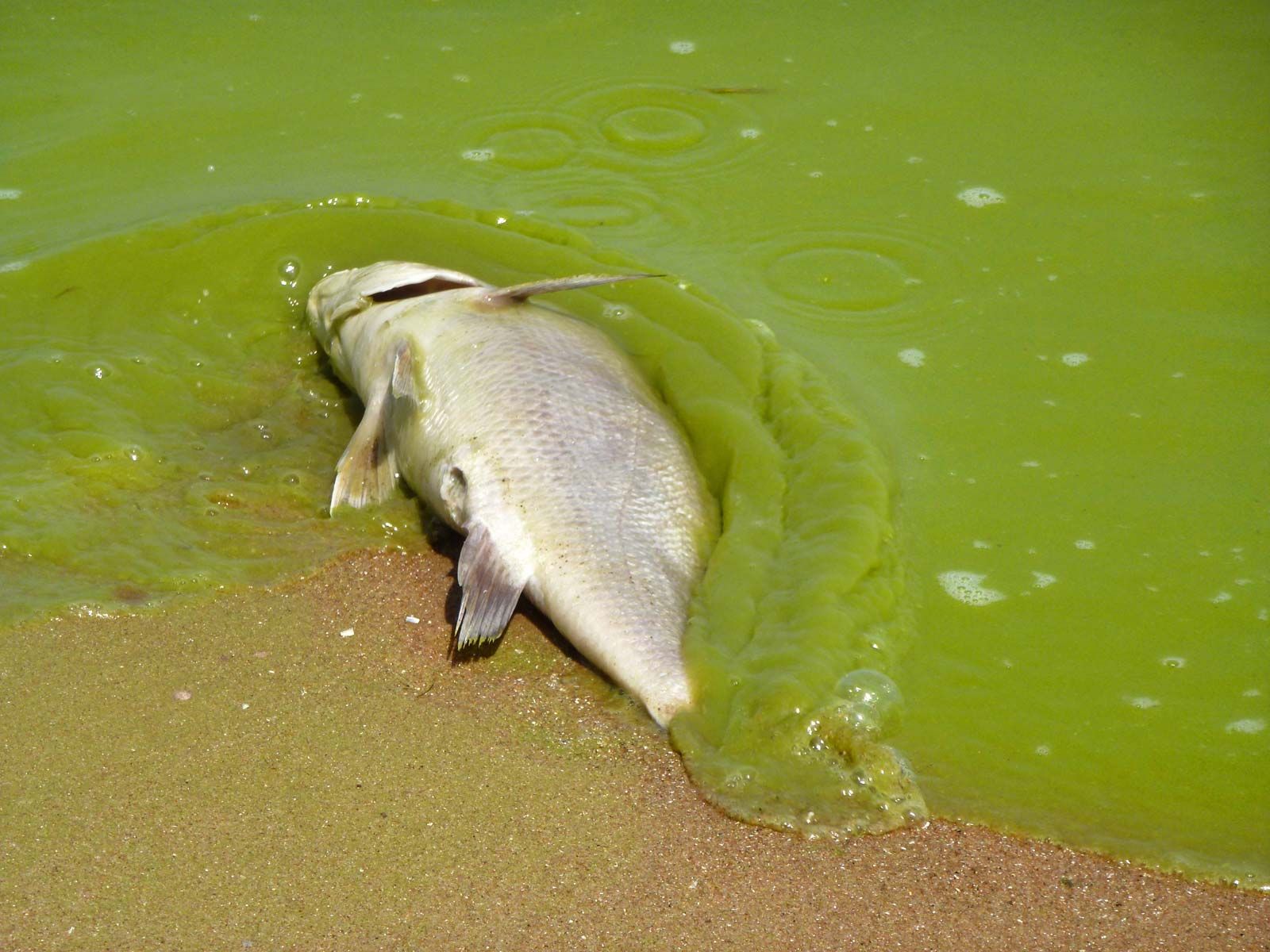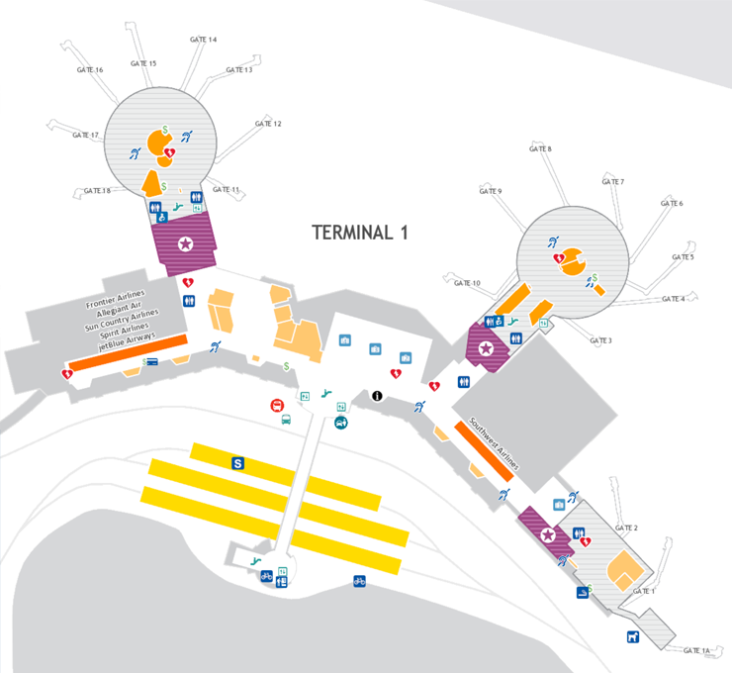Toxic Algae Bloom: Devastating Impact On California's Marine Life

Table of Contents
Understanding Toxic Algae Blooms in California
Toxic algae blooms, also known as harmful algal blooms (HABs), are rapid increases in the population of harmful algae in water. These blooms can produce potent toxins that contaminate the surrounding water, harming marine life and potentially impacting human health. Several factors contribute to the increasing frequency and intensity of HABs in California's coastal waters:
- Nutrient pollution: Agricultural runoff and urban wastewater discharge introduce excess nutrients (nitrogen and phosphorus) into the ocean, fueling algal growth.
- Climate change: Rising water temperatures due to climate change create ideal conditions for the proliferation of certain harmful algae species. Warming waters are particularly problematic as they accelerate the growth of toxic species.
- Ocean acidification: The increased absorption of carbon dioxide by the ocean lowers its pH, potentially impacting the growth and toxicity of some algae species.
Several harmful algae species are prevalent in California waters, each producing different toxins with varying effects:
- Pseudo-nitzschia: Produces domoic acid, a neurotoxin that accumulates in shellfish and can cause amnesic shellfish poisoning (ASP) in humans and marine mammals.
- Alexandrium: Produces saxitoxin, a potent neurotoxin responsible for paralytic shellfish poisoning (PSP).
- Dinophysis: Produces okadaic acid, a diarrhetic shellfish toxin (DSP) that causes gastrointestinal illness.
These blooms are not uniformly distributed. Certain regions along the California coastline are particularly vulnerable:
- Monterey Bay: Known for its upwelling, which brings nutrient-rich water to the surface, fostering algal growth.
- Southern California coast: Areas with high levels of nutrient runoff from urban and agricultural sources.
Impact on Marine Wildlife
HABs have devastating consequences for a wide range of marine species. The toxins produced by harmful algae directly impact organisms through ingestion or contact, leading to various effects:
- Marine mammals: Domoic acid poisoning can cause neurological damage, seizures, and mortality in sea lions, whales, and dolphins.
- Shellfish: Shellfish accumulate toxins from HABs, posing a serious risk to humans and wildlife that consume them. This leads to shellfish poisoning like PSP, ASP, and DSP.
- Marine birds: Ingestion of contaminated prey or inhalation of aerosolized toxins can lead to respiratory problems and mortality in marine birds.
- Fish: Direct exposure to toxins or depletion of oxygen due to algal blooms can cause fish kills and disrupt the entire food web. Reduced fish populations significantly impact the overall ecosystem health and the fisheries industry.
The impact extends beyond immediate mortality. HABs can disrupt food webs, causing cascading effects throughout the ecosystem. Reduced prey availability and habitat degradation further threaten already vulnerable populations.
Economic and Human Health Impacts
The economic consequences of HABs are substantial:
- Fisheries closures: When shellfish beds become contaminated, harvesting is halted, resulting in significant revenue losses for the fishing industry.
- Tourism decline: HABs can lead to beach closures and deter tourists, impacting coastal economies heavily reliant on tourism.
- Cleanup costs: Responding to and cleaning up after a major HAB event requires significant resources and funding.
Human health is also at risk:
- Shellfish poisoning: Consumption of contaminated shellfish can cause various forms of shellfish poisoning, ranging from mild gastrointestinal illness to severe neurological symptoms and even death.
- Skin irritation: Contact with certain HABs can cause skin rashes and irritation.
Coastal communities and industries dependent on healthy marine ecosystems suffer the most, facing economic hardship and public health concerns.
Mitigation and Monitoring Efforts
California is actively working to mitigate the effects of HABs through several initiatives:
- Satellite monitoring: Satellite imagery is used to detect and track the spread of algal blooms.
- Water quality testing: Regular water sampling helps identify the presence and concentration of harmful algae and toxins.
- Early warning systems: Early detection allows for timely closures of shellfish harvesting areas and public advisories.
- Nutrient management: Implementing strategies to reduce nutrient runoff from agriculture and urban areas is crucial for preventing HABs.
- Research: Ongoing research helps scientists better understand the dynamics of HABs, their toxicity, and effective mitigation strategies.
Government agencies, research institutions, and community groups collaborate to monitor HABs, provide early warnings, and develop effective mitigation strategies.
Conclusion: Protecting California's Marine Life from Toxic Algae Blooms
Toxic algae blooms pose a severe and escalating threat to California's precious marine ecosystems. The devastating impacts on marine wildlife, the economy, and human health underscore the urgent need for comprehensive action. Ongoing monitoring, research, and implementation of effective mitigation strategies are crucial for protecting California's coastal waters and the diverse marine species that call them home. We must all participate in reducing nutrient pollution, addressing climate change, and supporting organizations dedicated to combating harmful algal blooms. Support organizations working on Harmful Algal Blooms prevention, join efforts to combat California's algae bloom crisis, and advocate for policies that promote sustainable coastal management. Only through concerted efforts can we safeguard California's marine environment for future generations. Let's work together to prevent toxic algae blooms and protect our precious coastline.

Featured Posts
-
 Dwytshh Bnk Yezz Wjwdh Fy Alswq Alimaraty
May 30, 2025
Dwytshh Bnk Yezz Wjwdh Fy Alswq Alimaraty
May 30, 2025 -
 Djokovics Easy Win Norries Shock French Open Result
May 30, 2025
Djokovics Easy Win Norries Shock French Open Result
May 30, 2025 -
 2025 Kawasaki Ninja 650 Krt A Closer Look At The Features
May 30, 2025
2025 Kawasaki Ninja 650 Krt A Closer Look At The Features
May 30, 2025 -
 Wiederkehr Und Widerstand Juedische Sporttradition In Augsburg
May 30, 2025
Wiederkehr Und Widerstand Juedische Sporttradition In Augsburg
May 30, 2025 -
 Ground Stop At San Diego International Airport What It Means For Travelers
May 30, 2025
Ground Stop At San Diego International Airport What It Means For Travelers
May 30, 2025
Latest Posts
-
 Up To 30 Off Enjoy A Lavish Hotel Stay This Spring
May 31, 2025
Up To 30 Off Enjoy A Lavish Hotel Stay This Spring
May 31, 2025 -
 Book Now And Save 30 Off Lavish Spring Hotel Stays
May 31, 2025
Book Now And Save 30 Off Lavish Spring Hotel Stays
May 31, 2025 -
 The Reality Of Ai Navigating The Challenges Of Responsible Ai Development
May 31, 2025
The Reality Of Ai Navigating The Challenges Of Responsible Ai Development
May 31, 2025 -
 Luxury Hotel Spring Break 30 Off Your Stay
May 31, 2025
Luxury Hotel Spring Break 30 Off Your Stay
May 31, 2025 -
 Why Ai Doesnt Learn And How This Impacts Responsible Ai Practices
May 31, 2025
Why Ai Doesnt Learn And How This Impacts Responsible Ai Practices
May 31, 2025
